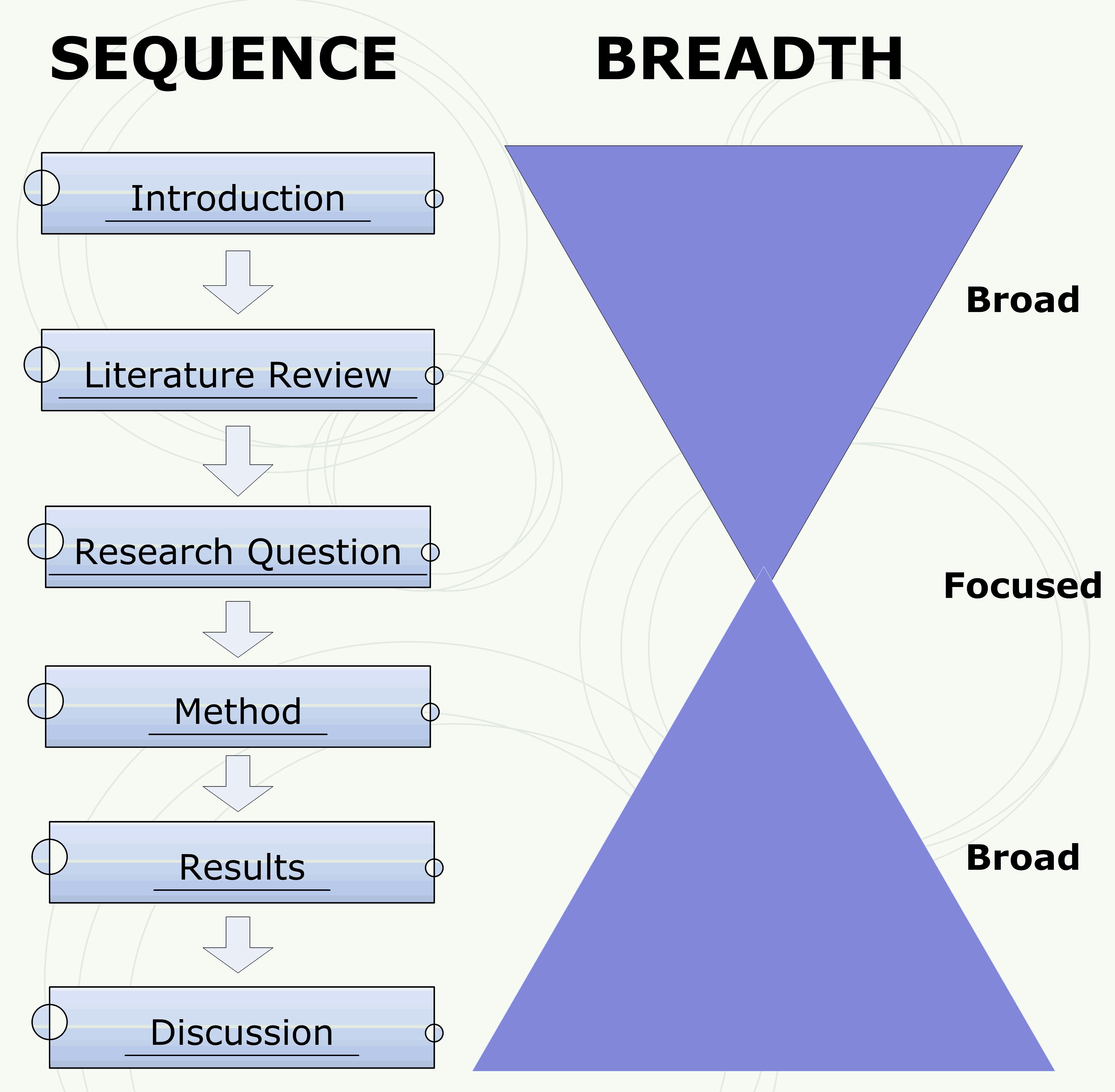Logical. Research is logical if ideas are presented in a rational manner without jumping to unfounded conclusions. Logic involves giving valid reasons before reaching a conclusion, so is essentially about the order in which ideas are presented. In a logical sequence, each idea follows from those that went before based on reason. Logic applies to paragraphs, sections and the paper as a whole, e.g. each section should follow from the one before and lead on to the next. Logic requires that assumptions be stated and the terms used be defined and used consistently throughout. It avoids contradictory statements. A logical flow of ideas progresses step by step to a conclusion based on accepted evidence. It can be called “A logical flow of argument”, “Organization of the manuscript”, “Objectives clear and well described”, “Well reasoned”, “Good arguments” and “Evidence supports arguments”. Logic answers the reader concern “Does this go anywhere?” An illogical paper is “everywhere and nowhere”. It rambles aimlessly and ends randomly for no reason. It is full of irrelevant side paths or “red herrings“ where the author loses the thread. Logic is important in academic writing because a sense of continuity that holds the reader to see where the logic is going is critical to holding the reader’s attention.

Paper structure. The structure of a research paper is how the overall logic unfolds. As shown in the figure, research begins broad, comes to a focus at the research question, then expands out again in the discussion. The linchpin of this process is the research question, perhaps why finalizing it can take up to half of the total research time of a PhD. When writing up research, it is important to understand where you are in the overall journey of ideas and connect the sections together into a logical argument:
- The introduction defines the literature review topic.
- The literature review theory derives a research question.
- The research question suggests the method used.
- The method gathers evidence to give results.
- The results give findings related to the research question.
- The findings give conclusions, applications and implications.
Examples. Many authors struggle with logic, so here are some examples:
- Inconsistent statements. A paper on online learning included the following:
a. “Asynchronous conversation in discussion boards, email and list servers extends the communication beyond the limitations of time and space to encourage deeper thinking.”
b. “The challenges of teaching online courses arise from the distance between the participants, whether between learners or between learners and instructors.”
If online interaction goes “beyond the limitation of .. space”, how can distance be a major challenge in online learning? The author is repeating ideas without thinking about them.
- Statements not based on evidence. The first quote above illustrates a “loose cannon” sentence, that asynchronous interaction promotes deeper thinking. This seems wrong, as thoughtless emails from students testify, but later it became apparent that the author meant that asynchronous interactions have deeper thinking than synchronous ones like chat, which may be true.
- Unnecessary repetition. When ideas are given one after another based on valid argument there is no need to repeat ideas, except to summarize. Each idea is presented in one place, then taken to be true as the argument moves on. A logical argument is not a polemic. I once reviewed a paper where the author advocated constructivism throughout. Since I already knew what constructivism was, it was like being continuously lectured on a subject you already understand. A logical approach would gather all the constructivism comments in one place, which would also help those who do not understand it.
- Faulty assumptions. In a paper on e-business, the abstract declared the report was on “the readiness of Canadian businesses to engage in e-business” but the paper was a study of 15 Nova Scotia businesses not Canadian businesses and the generalization from Nova Scotia businesses to Canadian businesses was not addressed.
Elements. To check if a paper is logical, consider research elements such as:
- Is the paper structured as a logical progression of ideas?
- Is the research purpose stated in a single sentence within the first few pages?
- Are there opinion statements that cannot withstand critical review?
- Is the research of others initially described impartially in its own terms?
- Are the papers discussed relevant to the research topic?
- Do the sections connect with each part leading on to the next part?
- Are there logical inconsistencies, where one statement contradicts another? (see above)
- Is the literature reviewed by issues, not merely as a sequential list of other research?
- Is the theory frame-work behind the research question stated, ideally with a diagram?
- Is the research question a single question that can be answered by evidence?
- What larger questions does this research address?
- Was the method chosen appropriate for the research question?
- Do the conclusions generalize from the findings?
- Do the conclusions address the research question?
- Does the discussion address the issues raised in the introduction?
- Are key terms defined and used consistently?
Science Writing Review Glossary Checklist Next